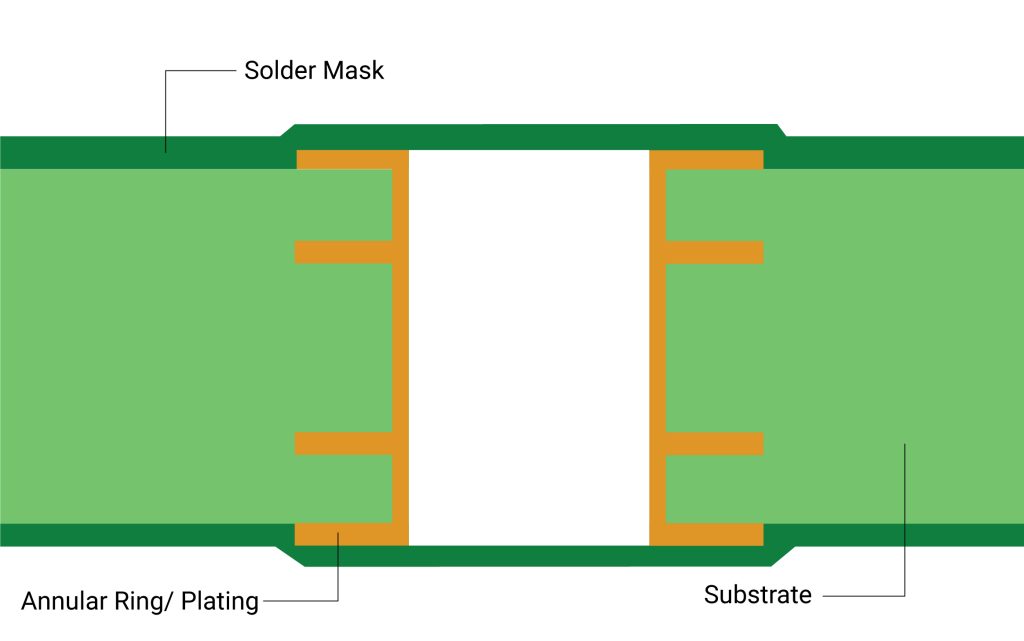
India, a vibrant country with a rich history and cultural heritage, attracts millions of tourists and business travelers every year. To accommodate these travelers, the Indian government has implemented a 5-year visa program. The 5-year visa is an attractive option for frequent travelers to India as it allows them to enter and exit the country multiple times within a 5-year period without the need to apply for a new visa each time.
Benefits of the 5-Year Indian Visa
The 5-year Indian visa offers a number of benefits for travelers, including:
- Convenience: With the 5-year visa, travelers do not have to worry about applying for a new visa every time they plan a trip to India. This saves time and effort and allows for a more convenient travel experience.
- Multiple Entries: The 5-year visa allows for multiple entries into India during the 5-year period, making it ideal for travelers who make multiple trips to the country.
- Cost-Effective: The 5-year visa is cost-effective as it eliminates the need to pay for a new visa each time a traveler plans a trip to India.
Eligibility for the 5-Year Indian Visa
To be eligible for the 5-year visa, applicants must meet the following criteria:
- A valid passport with a minimum validity of six months beyond the date of entry into India.
- Proof of financial stability and adequate funds to support the stay in India.
- Proof of employment or business activities.
- A clear police clearance certificate from the country of residence.
- A confirmed onward or return ticket.
How to Apply for the 5-Year Indian Visa
The process of applying for a 5-year visa is straightforward and can be done online through the Indian government’s e-Visa website. The following steps outline the application process:
- Visit the e-Visa website and select the option for a 5-year visa.
- Fill out the online application form with all necessary personal and travel information.
- Upload a digital passport-sized photo and any supporting documents required.
- Pay the visa fee using a credit or debit card.
- Receive the approved visa via email and print a copy to carry with you during travel.
Urgent Emergency Indian Visa
In some cases, travelers to India may require an emergency visa due to unforeseen circumstances. An urgent emergency visa allows travelers to enter India on short notice in case of an emergency.
Eligibility for the Urgent Emergency Indian Visa
To be eligible for the urgent emergency Indian visa, applicants must meet the following criteria:
- A valid passport with a minimum validity of six months beyond the date of entry into India.
- Proof of the emergency situation and its urgency, such as a death certificate in case of a family emergency or a letter from a hospital in case of a medical emergency.
- Proof of financial stability and adequate funds to support the stay in India.
- A clear police clearance certificate from the country of residence.
How to Apply for the Urgent Emergency Indian Visa
The process of applying for an urgent emergency visa is slightly different from the regular visa application process and requires the following steps:
- Contact the nearest Indian embassy or consulate to inform them of the emergency situation and request an urgent visa.
- Submit all necessary personal and travel information along with supporting documents to the embassy or consulate.
- Pay the visa fee, which may be higher for an urgent visa.
- Receive the approved visa and enter India within the specified timeframe.

